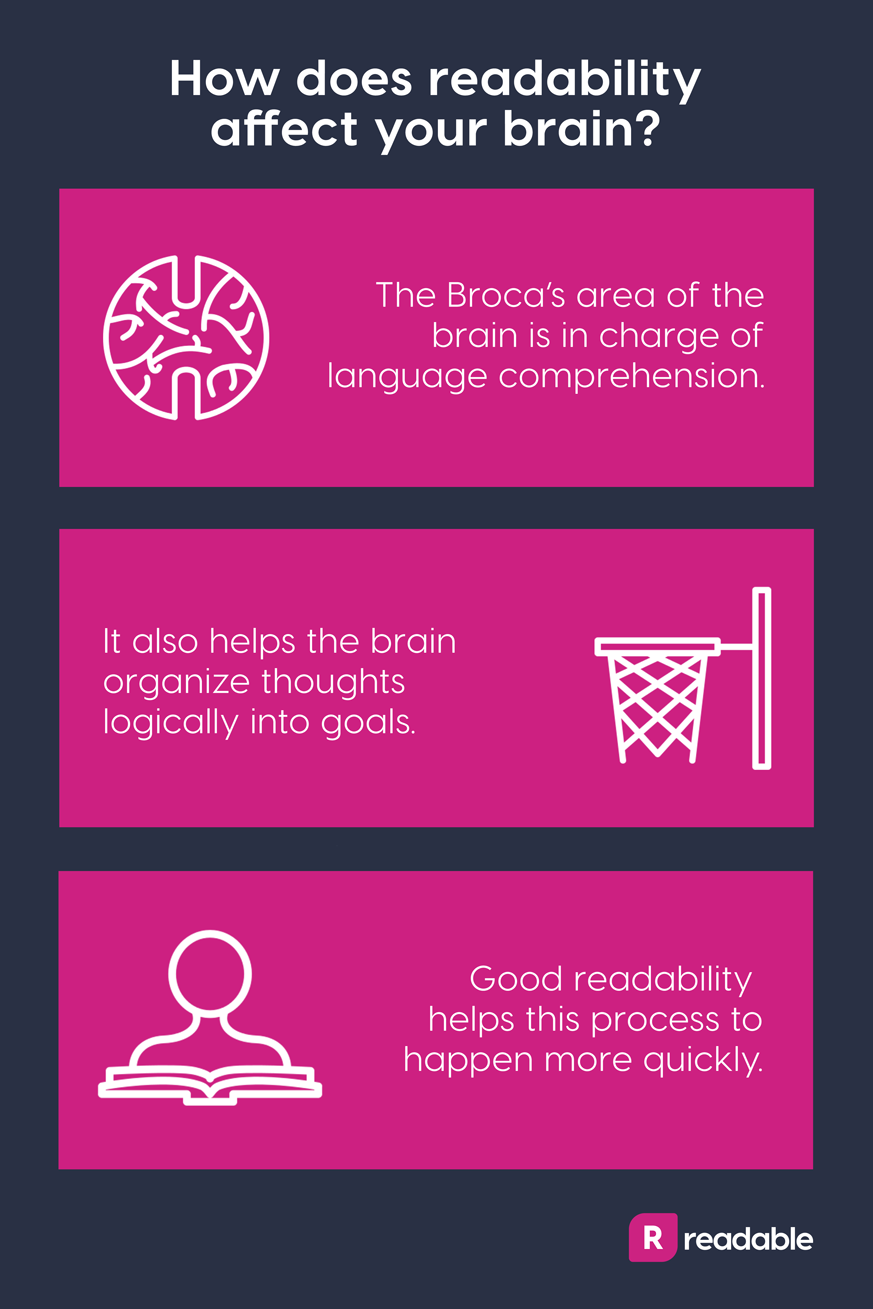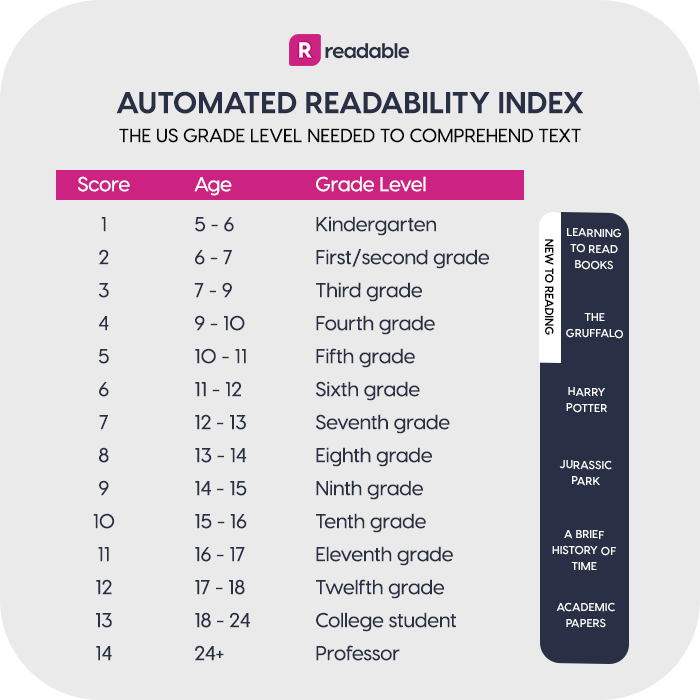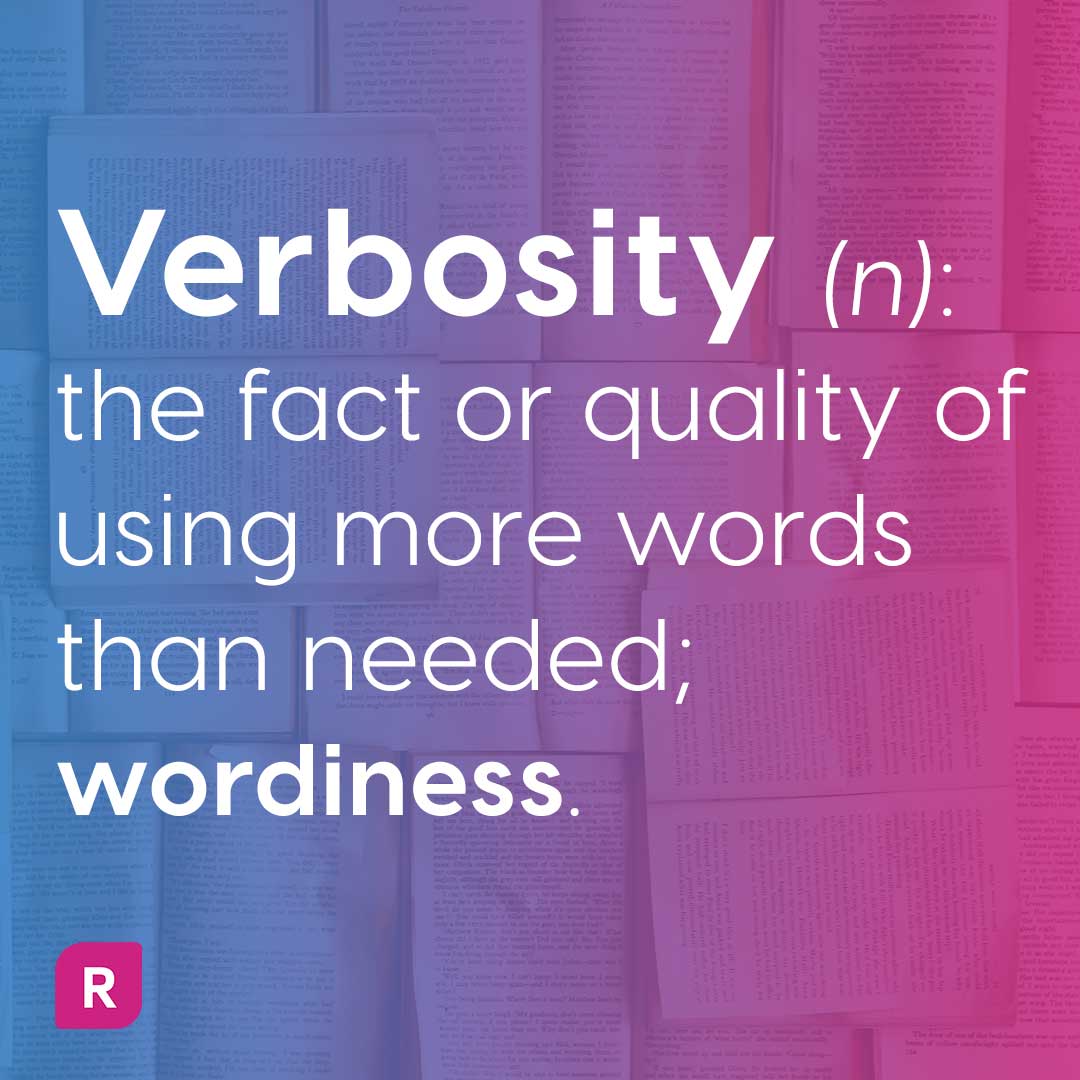Readability metrics and the principles of Plain English are essential for many types of written communication. What about technical writing? How do you apply these rules and keep your reader in mind?
Why are readability metrics important for technical writers?
Readability metrics are essential for putting your reader first, especially for technical writers. So much of technical writing comes down to writing skills in general. You’re not necessarily required to know how to operate the piece of technology you’re discussing. But, you need to be able to understand it and convey the information to others.
Technical writing can come in different forms. Generally speaking, it tends to be technical manuals, handbooks and guides. Manuals for busy people who don’t have the time to work through convoluted prose.

But before we get into the time-saving aspect of readability, let’s first and foremost talk about accessibility. More specifically, IT accessibility laws and policies.
US Congress made an amendment to the 1978 Rehabilitation Act in 1998 - more specifically, Section 508. This applied to Federal agencies. It required them to make their technical content accessible for people with disabilities.
However, just because this applies to government agencies, it doesn’t mean private business aren’t accountable too. Many plain language advocates agree that there is no excuse for not using plain language. This is because failure to do so is discriminatory.
Opening up your content and making it more user-centric is always beneficial
After all, opening up your content and making it more user-centric is always beneficial. A technical writer is expected to create user-focused content design. You may think that, writing for a technical audience, your reader is able to read a complicated text. But have you asked yourself if they want to, or if it’s unnecessarily cutting into their time?
Even advanced readers appreciate good readability and plain language. This is because your reader is hardwired to look for answers, so if you anticipate the questions they may have, they’ll appreciate you following their line of logic.

What is a good readability score?
To help yourself to use readability metrics effectively for your technical writing, first evaluate your text’s purpose and audience.
For example, let’s take medical writing, which is acknowledged as a type of technical writing. If you’re a doctor writing correspondence, The Academy of Medical Royal Colleges has recommended a number of changes which improve readability when writing to patients. This means you’d be aiming your text at the general public in an effort to involve them more in their own care.
To do this, you would need to make a number of changes to the way you would instinctively write, such as:
- Avoiding Latin abbreviations
- Not using jargon where a simpler phrase would do
- Covering one subject per paragraph
To write for the appropriate grade level - the general public lies between 8 and 10 - a medical writer would need to use the appropriate formula. The simple but effective SMOG index is widely considered the gold standard in healthcare.
Now let’s say you’re a technical writer using readability metrics to help you write a technical training manual for skilled personnel.
As well as Flesch-Kincaid for general use, another recommended readability formula is the Automated Readability Index - ARI.

This formula was created specifically with technical writers in mind. When it was originally created for the Navy, readability had been a problem for a long time and their training manuals were well above the reading level of personnel - even though understanding the material was crucial for the job at hand.
So, a general rule would be to pick a readability formula suitable for technical writing - Flesch Kincaid or ARI - and meet your readers a couple of grades under where they are. Adults enjoy reading commercial texts that are a couple of grades below their actual reading level, so why not make your manual an enjoyable read to communicate the information more effectively?
A common misconception about plain language is that it serves to patronize the reader, but this isn’t the case. No reader is going to complain that you’ve broken it down for them too much - they’ll appreciate the time you’ve taken to save their time. Because simplifying technical information is much more difficult than it seems.
How can I improve my text?
Readability metrics have their differences, but a common factor across formulas is sentence length. Have you written sentences that are like long and winding roads? This can leave your reader feeling a bit lost. It’s easily resolved by identifying where you can split a long sentence into two, or even three, without affecting the natural flow of the text.
In many cases, shortening sentences can have the biggest impact on your readability score and how easy your technical writing is on your reader.
ReadablePro highlights long sentences and very long sentences to give you visual clarity on what parts of the information need refining. It also analyzes your text and lets you know what your longest sentence is. That one long and winding road that may have lost your reader had you not pared it down.
Something that’s likely a bigger issue in technical writing is long words. This can be difficult for technical writers because technical language can include a lot of long words. You need to use these to describe the subject at hand. So, how do you achieve good readability despite this obstacle?

Chances are, if you’ve refined your sentences, you’ve compensated a lot for how long words can affect readability. But, also look at your language surrounding the subject. Word length is a common factor in many readability formulas. Here are some examples of easy substitutions you could make that don’t refer to the technology itself:
- Replace ‘cooperate’ with ‘join up’
- Instead of ‘institutions’, say ‘bodies’
- Replace ‘prohibited from using’ with ‘not allowed to use’
Just these simple changes can make a world of difference to how easy your technical writing is to read.
And just to reiterate the main goal of using readability metrics for technical writing — write for your audience. If you’re writing for a narrower range of people and not writing for the general public, you can afford to set your readability target a little higher. This is because your specialist audience is more likely to understand acronyms and jargon within your field.
Just make sure you’re conveying the information in a way that wouldn’t be complete gobbledygook to someone outside of your field. This way, you can make sure it’s accessible and a pleasure to read.
If you’re a technical writer, what audience do you write for and what are your biggest challenges? Let us know in the comments.


